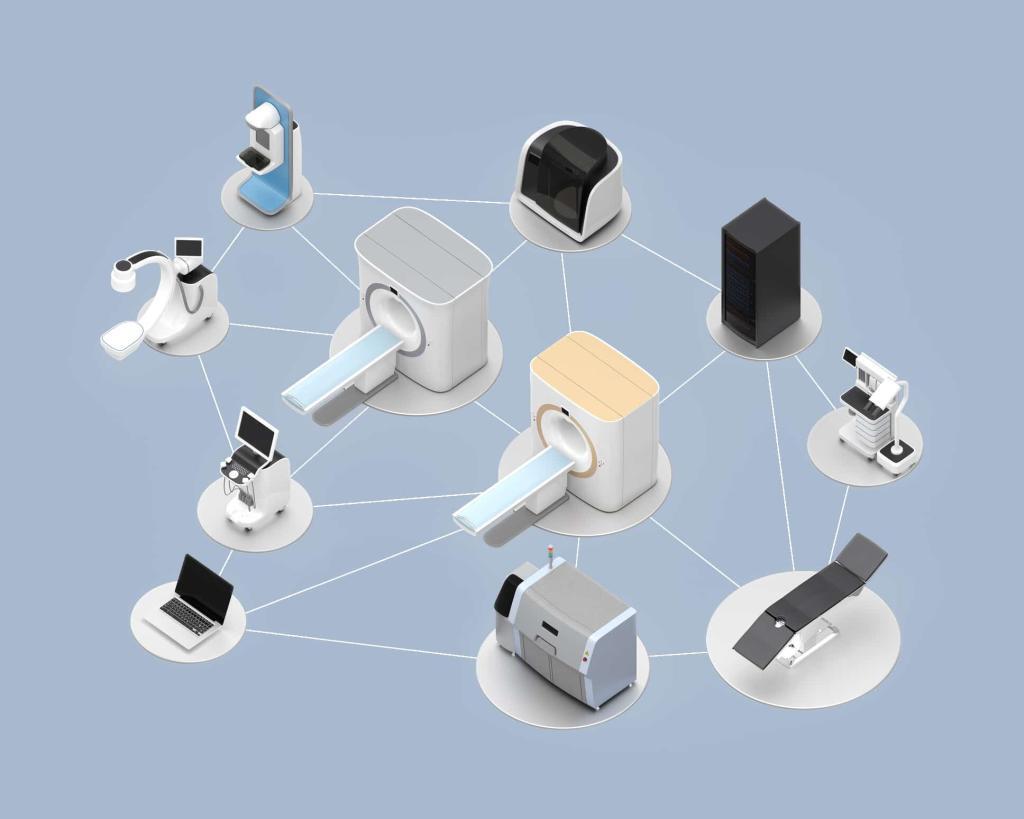Telemedicine
Telemedicine, a rapidly expanding field in healthcare, has made significant strides in recent years. This groundbreaking innovation leverages the power of digital technology, enabling medical practitioners to diagnose, monitor, and treat patients remotely. This overcomes geographical barriers and offers increased access to quality healthcare services. The rise of telemedicine can be attributed to a combination of factors, including advancements in digital communication, growing consumer demands, and the ongoing need to improve healthcare accessibility and efficiency.
Telemedicine has many applications, including virtual consultations, remote patient monitoring, and digital prescriptions. Virtual consultations, commonly called teleconsultations, allow healthcare providers to interact with patients via videoconferencing, telephone calls, or instant messaging. This service is particularly beneficial for individuals living in remote or under-served areas, where access to medical care facilities may be limited. Teleconsultations also offer increased convenience for patients and healthcare providers, as they can be conducted from the comfort of one’s home or workplace.
Remote patient monitoring, another critical aspect of telemedicine, involves using wearable devices and sensors to track patients’ vital signs and health indicators. This data is then transmitted to healthcare professionals, enabling them to continuously monitor patients’ conditions and make informed decisions about their treatment plans. Remote monitoring has proven to be especially valuable for managing chronic conditions such as diabetes, hypertension, and heart disease, as it allows for early detection of complications and timely interventions.
Telemedicine also facilitates medication prescriptions through e-prescriptions, which can be sent directly to patients’ preferred pharmacies. This streamlined process reduces wait times, eliminates the need for physical prescriptions, and minimizes the risk of medication errors.
The benefits of telemedicine extend beyond increased accessibility and convenience. It can reduce healthcare costs by minimizing the need for in-person consultations and hospitalizations and allowing providers to better manage their patient caseloads. Moreover, telemedicine can enhance the overall quality of care by promoting patient-centred care, improving communication between healthcare providers and patients, and facilitating the sharing of medical expertise across borders.
Despite the numerous advantages of telemedicine, there are challenges to be addressed. Ensuring patient privacy and data security is paramount, as sensitive health information is transmitted electronically. Regulatory frameworks and policies must be developed and implemented to support the growing telemedicine industry and ensure that the services provided meet appropriate standards. Additionally, addressing the digital divide and ensuring that all individuals have access to reliable internet and digital devices is crucial for telemedicine to reach its full potential.
You are here:
home » telemedicine























